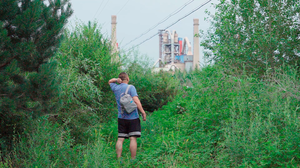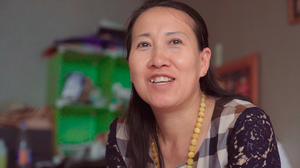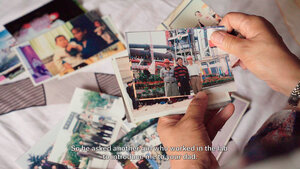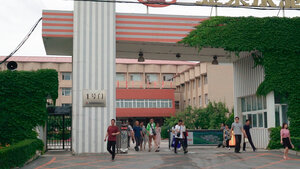The past is another country
- Carol Anne Jones

- Jul 13, 2020
- 4 min read
Updated: Jul 14, 2020
A fundamental part of a visual arts and design project is carrying out research in order to produce a piece of art or design. Sometimes the starting point is a particular theme or a continuation of a previous investigation. Artists and students normally produce a written commentary to accompany their research. Most artists and designers continually research as their project progresses accompanied by further practising, testing, exploring using visual recording and communication techniques. Some research connections arise along the way as ideas become more refined. These connections to the original starting point of the project could be historical, cultural, media or technique related.
The last couple of decades have seen a renewed interest in the role of the arts in science and the growth of a hybridization between the two. For some artists it means that the researcher uses his/her own artistic expression as means of enquiry, for others it could involve qualitative research to address the how and why research questions as deeper understandings of experiences, phenomena and context progress. Then there’s qualitative research as a vehicle to ask questions that can’t easily be put into numbers to better understand human experience.
So this month along with a group of art students we examined this idea of the research process, the idea being to take their understanding to a higher level. I suggested we watch a movie documentary then have a discussion about the questions arising from it. I found a video on BBC Reel that was culturally connected to the students and in their language. By the way, I’d recommend BBC Reel, it’s a premium video and short documentary website with some curious insights, ideas and concepts for thinkers.
The film we watched was a 45 minute documentary by Hanwen Zhang called the The truth buried within a factory city. The question was would the students find it boring? But they sat right through and watched.
Hanwen Zhang was born in Changchun, China, and is an artist and filmmaker who lives in New York. He studied Mathematics and Physics at Tsinghua University and has a master of Fine Arts in photo, video and related media. He’s the recipient of the Thomas Reiss Memorial Award, Vermont Studio Center Artist in Residence, and the 2020 BRIC Media Arts Fellowship, and all at the age of 25! Hanwen’s art practice is based on still and moving images, supplemented by performance, digital technology and writing based on personal observation. His work essentially examines individual existence in contemporary society.
The film features Hanwen’s return to the factory town where he was born, in northeast China. According to oral history, Sheep Pen Town, in the Shuangyang District of Changchun City, was known in the 1990s as The First Line of China. Subtlety the movie explores the history of a post socialist country and its ideology through the lens of a family and their hometown. The town was constructed simultaneously with a local state owned cement factory to accommodate workers who migrated there. The factory town model is a combined product of the top down urban planning scheme and the radical industrialization of China in the 1980s, while the communal living experience serves as a bearer of both collective memory and individual nostalgic sentiment.
Most of the watching students were too young to remember those times but their grandparents/parents probably do. Some being Beijingers had never lived in rural areas but a couple of students had in their lifetime taken the move from rural towns to urban areas. One student recalled that during those times the whole community would live as well as work in the factory, do everything there, go to school there.
The closest system to my own experience would be the visit I made once to the Lever brothers museum in England. Built in 1888 on 56 acres of land in Port Sunlight near Liverpool, the company Leverhulme housed both its works and employees, part of a business model Lever termed prosperity-sharing which unlike profit sharing, provided workers with decent and affordable houses, amenities and welfare provisions that made workers lives secure and mostly comfortable.
We turned to the questions and issues from the film. One said urbanization and the social issues that have arisen from this rapid change in Chinese society, the deconstruction of the traditional family, another thought it was all about memory and the idea of looking back into the past. We discussed the reality of the past being an entirely different context, another country which can’t be framed or compared to the present. Then I asked what feelings Zhang had towards his childhood memories, is he sentimental, are the good memories or sad? The general consensus was he didn’t think or feel anything, it’s a memory with no emotions attached to it, and it’s past. Perhaps the past should remain the past.
Ermm, much food for thought here.
The First Line of China is one of the seven finalists of LongShots, the BBC's first online film festival.







Comments